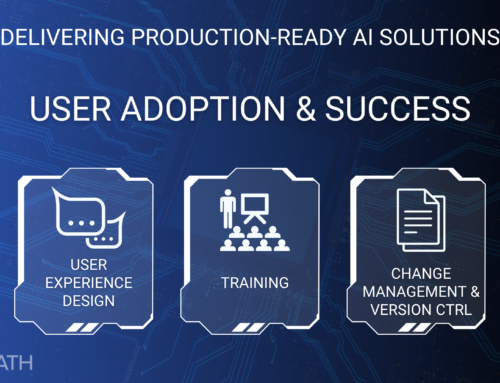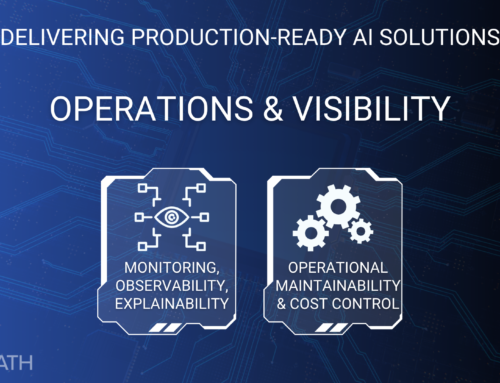Deploying an ML model into production in an enterprise-ready manner requires careful consideration of multiple aspects to ensure the solution is scalable, reliable, secure, and maintainable. Here are some general considerations:
1. Model Performance and Accuracy
- Validation and Testing: Before deploying, the model should be thoroughly tested on a hold-out test set and, if possible, validated on real-world data to ensure its accuracy and generalizability.
- Monitoring: Implement continuous monitoring to track the model's performance over time. This includes tracking metrics like accuracy, precision, recall, and any drift in the input data distribution.
2. Scalability
- Infrastructure: Choose scalable infrastructure (e.g., cloud-based platforms) that can handle increasing data loads and more frequent inference requests without performance degradation.
- Auto-scaling: Implement auto-scaling to manage variable workloads, especially in environments with fluctuating demand.
3. Security and Compliance
- Data Security: Ensure that the data used by the model is encrypted both at rest and in transit. Implement access controls and audit logs to track who accesses or modifies the model or data.
- Compliance: Make sure the deployment complies with relevant regulations (e.g., GDPR, HIPAA) regarding data privacy and security.
4. Automation and CI/CD
- CI/CD Pipeline: Establish a continuous integration/continuous deployment (CI/CD) pipeline to automate the deployment process. This should include automated testing, validation, and rollback mechanisms.
- Version Control: Use version control for both the code and the model artifacts to manage updates and rollbacks effectively.
5. Monitoring and Maintenance
- Real-time Monitoring: Implement real-time monitoring for system health, latency, and error rates. Tools like Prometheus, Grafana, or AWS CloudWatch can be used for this purpose.
- Model Retraining: Set up a process for periodic model retraining to accommodate new data and maintain performance. This can include automated pipelines for retraining and redeploying the model.
6. Governance and Lifecycle Management
- Model Governance: Implement governance policies for model approval, deployment, and decommissioning. This ensures transparency and accountability in the model lifecycle.
- Lifecycle Management: Define clear processes for the entire lifecycle of the model, from development and testing to deployment, monitoring, and eventual decommissioning.
7. Interoperability and Integration
- APIs and Interfaces: Ensure the model can be easily integrated with other systems through well-defined APIs. Consider using standard protocols like REST or gRPC.
- Data Integration: Ensure smooth integration with data pipelines, databases, and other data sources, maintaining data consistency and integrity.
8. Logging and Auditing
- Comprehensive Logging: Implement detailed logging for every stage of the model's lifecycle, including data preprocessing, inference, and output generation. Logs should be centralized and easily accessible for debugging and analysis.
- Audit Trails: Maintain audit trails to track who deployed which version of the model and when, helping in compliance and troubleshooting.
9. User Experience and Documentation
- User Interface: If the model is part of a user-facing application, ensure that it provides a seamless experience with appropriate feedback and error handling.
- Documentation: Provide comprehensive documentation covering the model's usage, APIs, data requirements, and troubleshooting guides for developers and end-users.
10. Cost Management
- Resource Optimization: Optimize resource usage to control costs, especially in cloud environments. This can include optimizing instance types, using spot instances, or deploying models on edge devices where feasible.
- Cost Monitoring: Implement tools and processes to monitor and manage operational costs, setting up alerts for unexpected cost spikes.
These considerations are crucial for ensuring that the ML model is not only effective but also robust, secure, and sustainable in a production environment.





